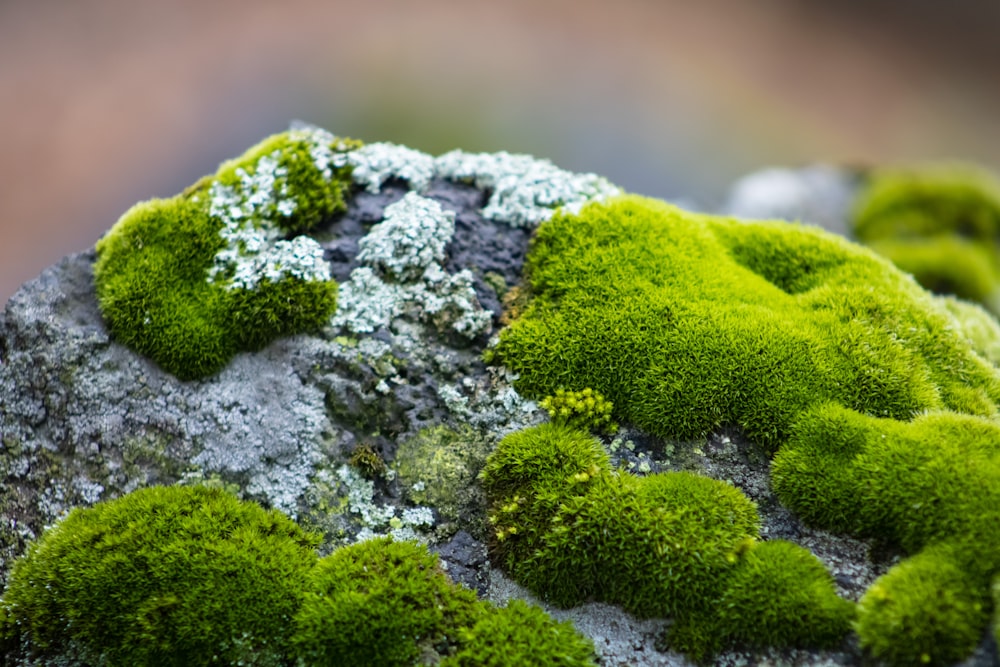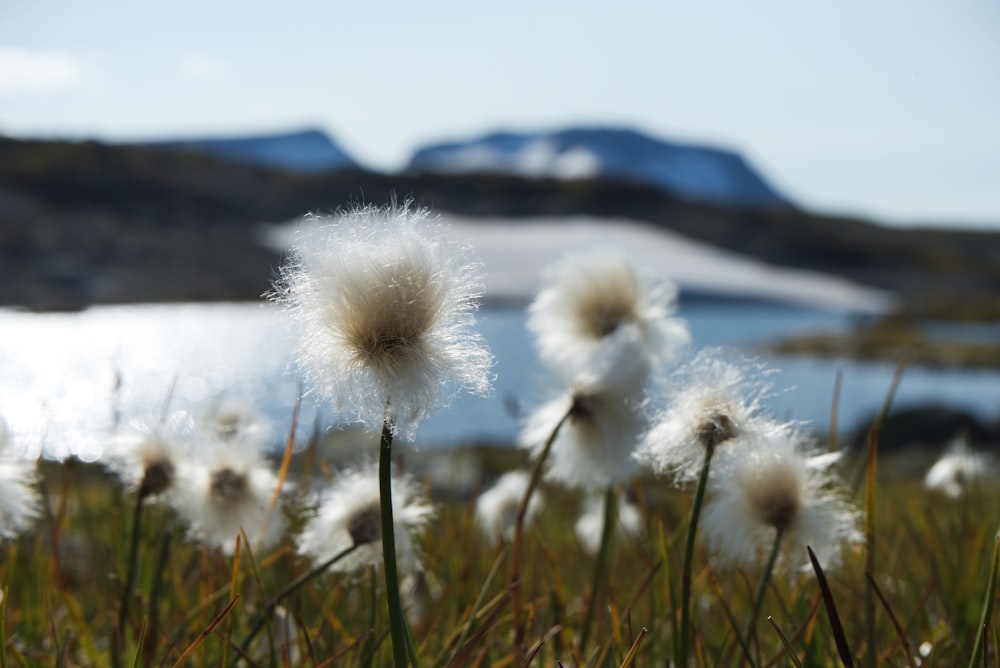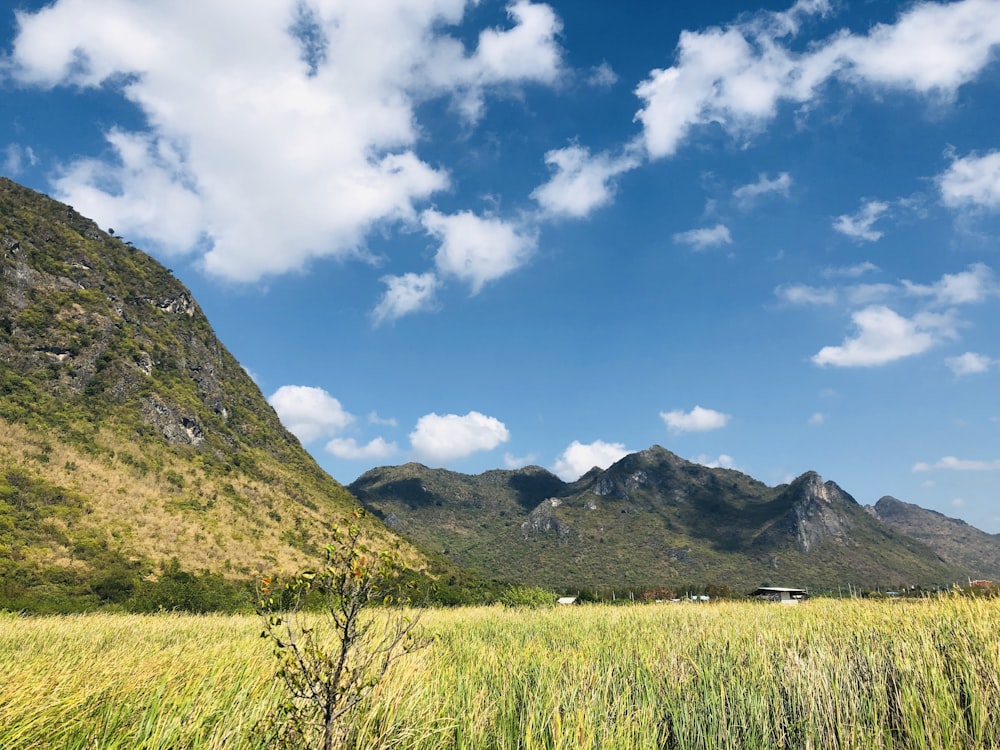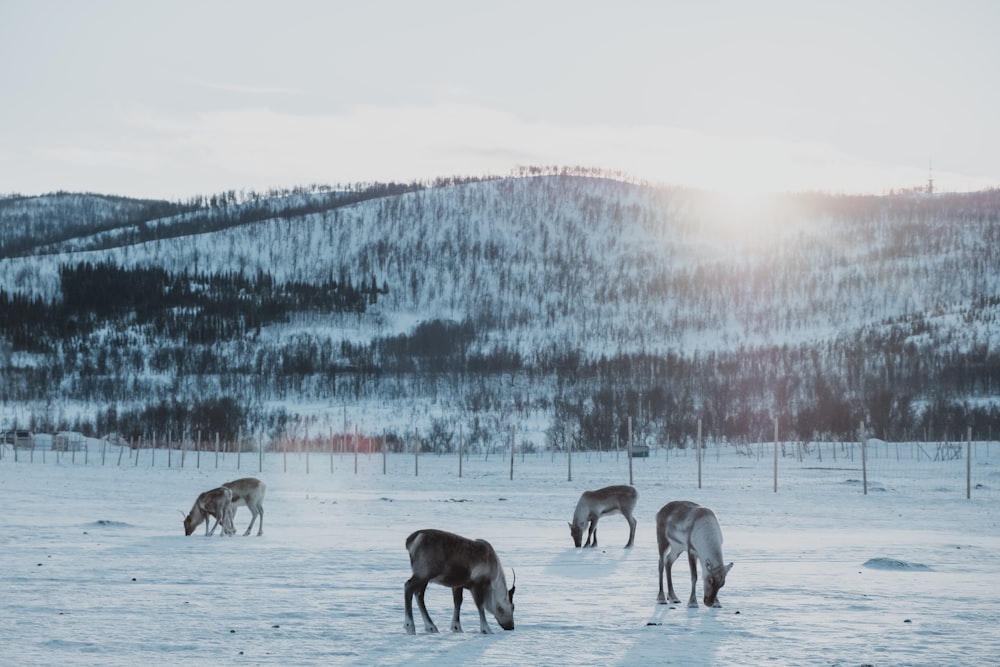1. Introduction
Comprising one of the coldest regions on Earth, the Tundra biome is spread over the Arctic Circle and parts of Antarctica. Countries like Alaska, Russia, Greenland, and Iceland fall under this region.
These regions tend to receive less than 25 centimeters of rain annually and hence, are also classified as deserts. Almost the entire year, the weather consists of chilly breezes and temperatures well below freezing.
1.1. Origin
As the origin of the word “tundra” (from the Finnish word “tunturia” meaning barren) makes it transparent, this region is largely treeless. It boasts an extensive plantation of shrubs, grasses, mosses, and other close-to-the-ground vegetation.
The extreme conditions of the area have also lessened its effect on the animals after several years of evolution. Thick coats of fur keep them warm, and hibernation is also an active habit amongst animals belonging to this region. However, some tend to prefer migration.
1.2. Flora and Fauna
Magnificent creatures such as arctic foxes, wolves, polar bears, and snowy animals are common in these parts. Plenty of other small and large mammals call the Tundra their home, with some migratory birds appearing in a few seasons.
Despite such adverse climatic conditions, the flora and fauna have learned to adapt and have grown mechanisms to survive in the unforgiving areas.
2. Tundra Plants
2.1. Arctic Poppy
Papaver radicatum (also known by common names such as Arctic poppy, rooted poppy, and yellow poppy) is a flowering plant of the family Papaveraceae. It has hair-like structures and grows in a cup form, all used to trap and preserve sunlight.
Also, facing the sunlight, it grows in the sun’s general direction. It has flowers of yellow and white color, though yellow is far more widespread than white. Generally, 10-15 centimeters in height, the plant contains one flower per stem. It can be found growing in clusters.
2.2. Cloudberry
Rubus chamaemorus (also known by common names such as cloudberry, nordic berry, bakeapple, knotberry, knoutberry, a pick, low bush salmonberry, and even) is a flowering plant of the rose family Rosaceae. It bears a low-hanging, incredibly delicious, and edible fruit.
This fruit is much akin to a blueberry. Initially light red, the fruit gains an amber sort of color after ripening in the winter. This plant can grow in icy atmospheres using the nutrition stores in its stem. Its height ranges from 10 cm to 25 cm. Its branchless stalks contain a few soft hand-like lobes for leaves.
2.3. Moss
Mosses are non-flowering plants that fall under the division of Bryophyta. It has a short growing season but multiplies at an exponential rate. Moss tends to grow in a damp atmosphere in green clamps. It finds itself growing on rocks and on the ground.
Its height is 0.2 to 10 cm. Possessing a foamy texture, it appears as a gray or green spongy mass of a plant. They are barely a cell thick and are very underdeveloped. As a cover for many surfaces, they tend to have slippery tops.
It is easily the most plentiful plant in the whole Tundra biome and is rich in nutrients, serving as a resource for animals even after death.

2.4. Bearberry
Arctostaphylos uva-ursi (also known by the common name Bearberry) is a plant inhabiting areas of North America. Its low-lying evergreen leaves and bright red berries make it a distinctive and cherished part of the Tundra natural heritage.
Bearberry is also known for its medicinal value. Natives have long utilized its leaves to brew a soothing tea with many benefits for urinary tract health. Compounds like arbutin (possessing diuretic properties) contribute to its efficiency in combating urinary infections. It is a small, woody shrub.
2.5. Cottongrass
Eriophorum (also known by the common name Cottongrass) is a group of perennial plants which belong to the Cyperaceae family. They are often found near wetland habitats such as bogs, marshes, damp meadows, and so on.
Their fluffy, cotton-esque heads characterize them. They contribute significantly to their habitat as well, adding to ecosystem stability and peat formation.
Ornamentally unique, their unique appearance makes for an interesting choice for aesthetic plantings in gardening and decoration contexts. Lately, their population has been declining, and efforts must be made to protect these plants.

2.6. Arctic Willow
Salix arctica (also known by the common name Arctic willow) is a remarkably resilient species that can survive in the piercing cold of some of the harshest environments of the Tundra.
A hardy shrub, it has adapted well to the climate of its surroundings, which includes extreme cold, high latitudes, and permafrost with a short growing season.
Typically about 7 inches tall with 1-inch oval leaves, it has slender, woody stems covered in fine hair that retain heat. Its tenaciousness makes it a fascinating study, particularly in the context of its impact on Arctic ecosystems.
2.7. Polar Grass
Poaceae is a family of grasses that includes a vast array of grasses, grains, and cereals essential to human civilization and many plants that play significant ecological roles.
They can be of varying sizes, annual or perennial, and adapted to various environmental conditions. Some of the world’s most important food crops fall under this family. These grains provide most of the world’s caloric intake and are fundamental to global food security.
Also used for animal grazing and hay production, they also support the livestock industry. The study of polar grass has contributed to our understanding of plant biology.

2.8. Dwarf birch
Betula nana (also known by the common name Dwarf birch) is named so because of its short stature. Possessing oval-shaped leaves, it is primarily found in high-altitude areas. The leaves are green in color, turning yellow in autumn.
Dwarf birches have historically been used for constructing houses, tools, baskets, and the like. Its low, creeping form helps the plant avoid strong heat and conserve heat. The small leaves and dense foliage reduce water loss and protect the plant from cold temperatures.
3. Adapting and Surviving
As inferred from those above, the Tundra is not easy for any flora or fauna to thrive in. Its cold, harsh climate ensures limited vegetation. Certain species adapt, survive, and get on despite the challenging conditions.
These are then studied to comprehend life’s survival in adverse situations. Specific patterns emerge from the few plants discussed above, leading to their survival.



Who would’ve thought the Tundra, with its icy grip, could host such a cool lineup of resilient plants? From the Arctic Poppy to the Polar Grass, these little guys are the true rockstars of survival!